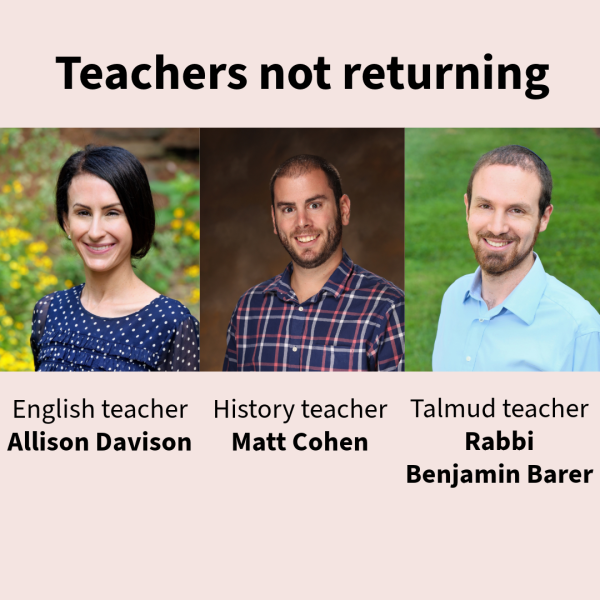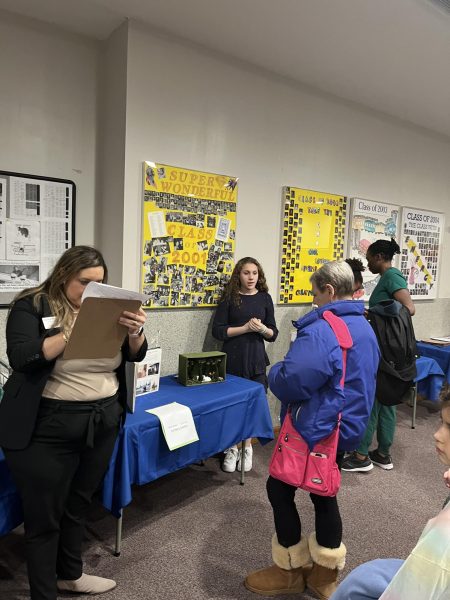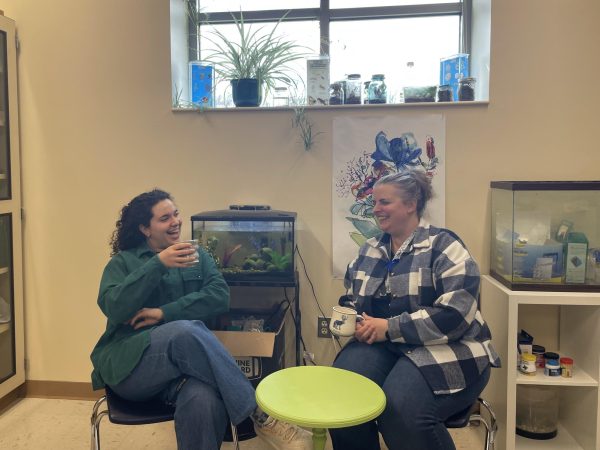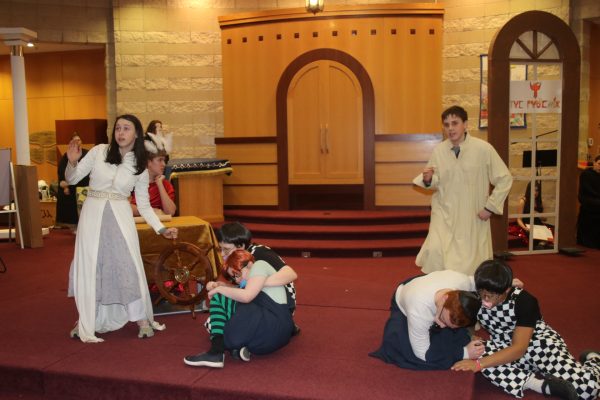Don’t waste it, taste it
January 8, 2023
It’s 1:45 and the lunch rush has finally subsided. Students have already hurried through the cafeteria lines and scarfed down their lunches. Now, the cafeteria workers are left to seal and freeze all of the leftover food in order to help to reduce waste.
Food waste in the U.S. is an increasing problem, and many institutions now employ food recovery to lessen the issue. Although many schools struggle with food waste, Director of Food Services Mark Glauser said that the amount of waste has decreased tremendously at CESJDS.
“We really don’t have that much waste or a lot less waste than we used to,” Glauser said.
Since the beginning of last year when JDS bought a cryovac machine, (a vacuum sealer that preserves food,)the school has been able to repurpose produce by cooling, freezing and sealing them, Glauser explained.
Though the salad bar food often gets wasted on Fridays, the cafeteria has systems in place to help keep waste minimal from other parts of lunch.
These methods include various spreadsheets recording how much food is made, sold and wasted in both campuses. Each day, all this information is recorded to ensure that the school can make a more accurate amount of food for the next time that meal is prepared.
“Today I had three slices of pizza left over because again, it’s trial and error,” Glauser said.
In the Upper School, the cryovac machines keep food waste at a minimum, but because of their high cost, the school has yet to invest in one for the Lower School campus. Due to food safety concerns, the Lower School can not drive the food back to the Upper School.
However, there are multiple options being explored, and Glauser is looking for a third party to pick up the leftover food from the Lower School.
Outside agencies may be a source of other, less expensive ideas regarding food waste.
Amy Bachman, the Director of Procurement and Sustainability at DC Central Kitchen, suggested the school look into partnering with Community Food Rescue, a nonprofit that collects food that may have been wasted otherwise. They then partner with food kitchens to help prepare meals for people who cannot provide them for themselves.
So far, the program has only been implemented in colleges, but JDS could potentially look to partner with them, or do something similar on a smaller level.
Additionally, Bachman said that creating a “shared table” could be a good way to minimize food waste.
Shared tables are traditionally used in schools with younger students. If students receive a pre-packaged food item, such as a carton of milk, and later on decide they don’t want it, they can place it on the shared table. Another student can then pick up the discarded food item if they wish for a second serving or it can be returned to the fridge. This solution helps with the issue of students throwing away unopened food, Bachman said.
At the Lower School, Principal Rabbi Matthew Bellas said that he has started looking into other options to reduce food waste, such as composting.
“I’m willing to invest educationally in composting if we can figure out a way to make it happen because of the value to the environment,” Bellas said.
Still, composting may be beyond the scope of the current JDS budget. Bellas said that composting would require a $4,000 investment. But cost aside, composting now provides students with habits that can help improve the environment.
“I think it’s going to be really important for the next generation to be composting,” Bellas said, “To learn how to do it when you’re young, and just make it part of your regular routine increases the likelihood that you’ll make it part of your routine as you get older.”















